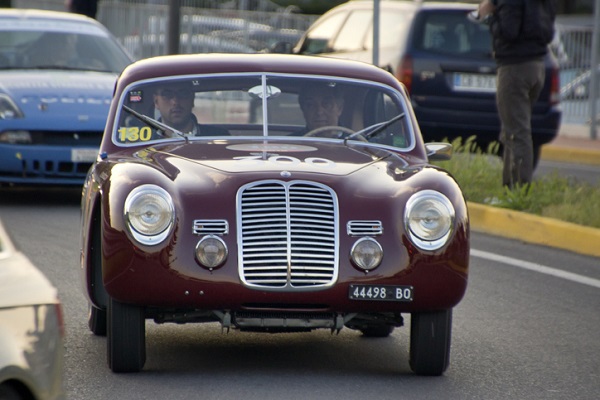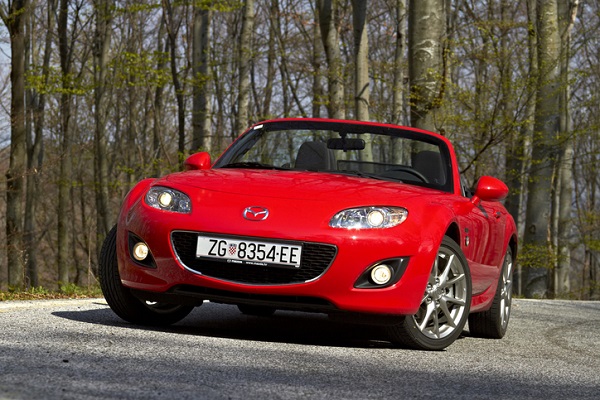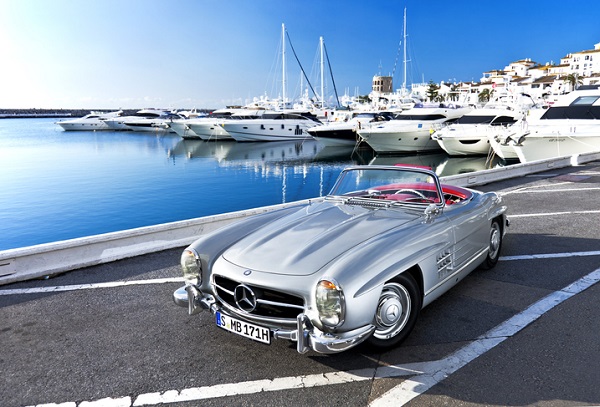A History of Sports Cars for Automotive College Students
A History of Sports Cars for Automotive College Students
Sports cars: they’ve come a long way at a blistering pace—literally and figuratively. Although there’s been some debate over what actually counts as the first sports car, what is certain is that they’ve changed in many different ways over the years. From the early 1900s through to the present day, the sports car has had a fascinating history.
While the following isn’t an exhaustive history of how sports cars came to be, it should give car enthusiasts and automotive students an idea of some of its most notable developments. With that, here’s a brief history lesson on how sports cars became what they are today.
Earlier Days and Humble Beginnings
Sports cars—or, at least, cars emphasizing manoeuvrability, agility, speed and solid handling—have been developed since the early 1900s, starting in Europe. Among the earliest known examples include the 1900 Rennzweier, a German vehicle designed for racing purposes; the 1902 Mercedes Simplex 60hp, which had a maximum speed of 109 km/h; as well as the Vauxhall Prince Henry and the Prinz Heinrich by Austro-Daimler, both of which were designed for the 1910 Prince Henry Tour.
World War I brought the production of sports cars to a halt, but it resumed in Europe from the 1920s onward. This is the period when the term “sports car” became more widely used and when the world’s oldest sports car race, 24 Hours of Le Mans, premiered in 1923. Students in car mechanic training will be fascinated to learn that, by the end of the ‘20s, sports cars evolved to have the driver sitting by the rear wheels while the engine was moved to under the hood. This configuration allowed for greater stability at high speeds.
A Surge in Popularity, from World War II and Beyond
While the manufacturing of sports cars saw a decline during the time between the Great Depression and the end of World War II, it would catch a second wind when the war ended. In particular, Germany, Italy and the United Kingdom were leading the charge as far as sports car production. Germany had companies like Mercedes, BMW and Porsche leading the way, while Italy saw Maserati, Alfa Romeo and Ferrari at the forefront of their sports car production. In the U.K., Jaguar, Triumph and Austin-Healey would rise in prominence. The ‘60s would also be a significant time for sports car development, as lightweight roadster vehicles like the Lotus Elan and the Porsche 911 Speedster became popular.

Students in Car Mechanic Training Will Love What Sports Cars Have Become
The ‘80s would prove to be another significant time for sports car development. They would increasingly come equipped with turbocharging (eg. the Renault Fuego) or all-wheel drive (eg. the Audi Quattro), components that those with an auto mechanic career are likely to appreciate and be familiar with. Nowadays, turbocharging is a very common part of sports car engines.
While American manufacturers have traditionally produced muscle cars as opposed to sports vehicles, the Europeans don’t hold complete dominance of the sports car market. Japanese automotive companies like Mazda, Honda and Mitsubishi would hop on the sports car bandwagon in the latter half of the 20th century. Models such as the Mazda MX-5 and Honda NSX become prominent during the ‘90s and 2000s. However, Europe remains on top of the sports car world, with Britain’s Aston Martin, Italy’s Lamborghini and Germany’s Porsche and Audi among the top manufacturers.

Looking to study at an automotive college?
Contact CATI for more information!

